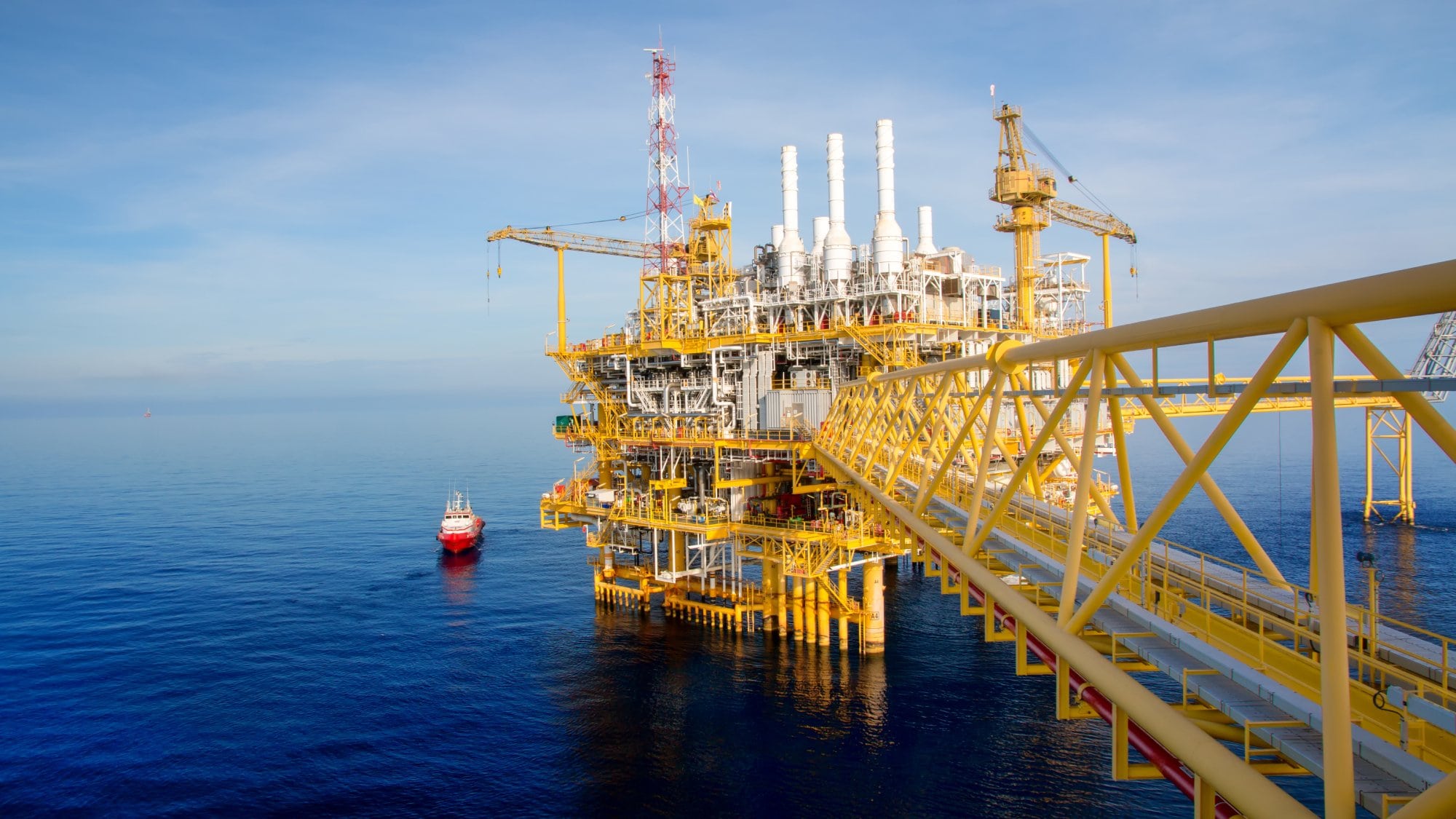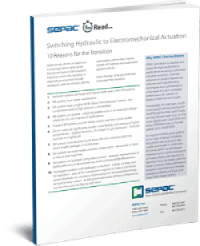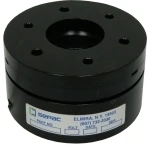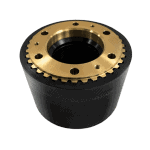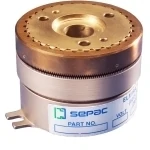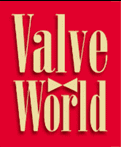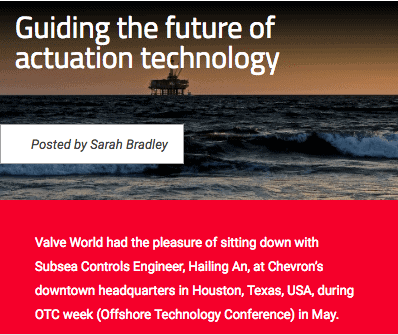Electrification in the Oil and Gas Industry Supported by Electric Brakes and Actuators
The movement towards full electrification in the oil and gas industry is being driven by the desire to lower emissions, reduce topsides footprint, decrease environmental impact, and diminish overall costs. In the oil and gas industry, high-performance electric actuators allow for the precise control of motion in motors. These motors can be responsible for opening and closing various valves, engaging injection pumps, and ultimately controlling flow through the system. The actuators modulate flow to allow for safe, reliable system performance. This is particularly important in environments where equipment needs to perform under high pressure and when in contact with corrosive materials. SEPAC is well known for its ability to design specialized electromagnetic brakes to meet the holding or braking requirements required in these types of harsh environments.
Electric actuators also help to enhance safety by automating valve control and acting as a shutdown mechanism in cases of emergency, effectively eliminating the danger of human injury. SEPAC brakes and clutches are manufactured to provide critical motion control and torque application that facilitates the safe operation of a variety of oil and gas equipment. SEPAC engineers consistently develop brake and clutch solutions to match rigorous design requirements. Some common oil and gas industry design considerations include:
- Managing heat dissipation due to ambient temperatures, cycle rates, referred inertia, heat sink, relative shaft speeds, and oil or air flow rates.
- Environmental considerations such as corrosion, abrasive particles, vibration, shock, dust, moisture, explosives, altitude, pressure, or vacuum.
- Torque requirements such as peak torque, required acceleration time, shaft speed, horsepower, required smoothness, starting vs. static torque, load type, prime mover type, safety factors, or service factors.
The following chart expands upon oil and gas applications, what SEPAC products are commonly used in the application, and how these products operate within the application.
| Application | Function | SEPAC Brakes and Clutches | Operation in Application |
Valve Actuators
(Surface and Subsea) | Both surface and subsea valve actuators control valves’ opening and closing. These valves control gasses, liquids, and oils that are flowing through them. | Power Off (Spring Engaged) Brakes | During a power loss, power off brakes engages to hold a valve open or closed. |
| Power On (Magnetically Engaged) Clutches | When power is restored, power on brakes and clutches engage to open or close the valve. |
| Power On (Magnetically Engaged) Brakes |
| Subsea Robotics | Subsea Robotics are used by oil and gas industry leaders to complete maintenance duties, surveillance, seabed scanning, and repair to oil pipelines. | Power Off (Spring Engaged) Tooth Brakes | Designed to operate in subsea environments (oil-filled and high-pressure), these tooth brakes provide motion control support – specifically holding torque - to the bases of robotic manipulators/arms. As power is removed, the brakes engage to provide this holding torque until power is restored. |
| Power Off (Spring Engaged) Friction Brakes | These friction brakes are designed to operate in subsea environments (oil-filled and high-pressure) and provide motion control support – specifically holding torque - to the joints of robotic manipulators/arms. As power is removed, the brakes engage to provide this holding torque until power is restored. |
| Lifts, Cranes, Etc. | Cranes, lifts, winches, etc. are vital pieces of equipment for oil and gas operations. SEPAC Brakes and clutches are precision used for motion control in these devices. | Spring Engaged (Power Off) | Designed to operate in Above surface or below-surface actuators used in harsh environments, seawater, saltwater, cold to hot temperature swings. |
| Power Off Friction Brakes / Clutches and Tooth Brakes / Clutches |
| Power On Friction Brakes / Clutches and Tooth Brakes / Clutches |
Temperature and Pressure Tolerances in Subsea Applications
Oil and gas industry operating requirements generate a wide variety of design considerations. This is especially true in the subsea section of the oil and gas industry. SEPAC is well known for providing brake and clutch solutions for this section of the oil and gas industry that operate in a harsh environment over a wide range of temperatures and pressures.
Due to increased salinity, subsea environments apply more pressure to the components than those operating in freshwater ones. As such, our brakes and clutches are designed to withstand the elevated pressures associated with subsea environments.
Further, the salty environment can be exceptionally damaging to standard materials, which can result in costly downtime for replacement or repair. As such, we engineer solutions that ensure that our brakes operate without corrosion in these environments.
When working with actuator manufacturers in this section of the oil and gas industry, we have several proven brake and clutch solutions that provide the required design considerations in subsea environments. Due to SEPAC’s ability to engineer new solutions for exacting design considerations in the subsea oil and gas industry, it is celebrated as an industry-leading provider.
Electrification of Subsea Robotics
The Subsea Robotics Industry embraces electrification as a means to reduce carbon footprints, ensure environmental safety, and reduce operating costs. Nauticus Robotics, a Houston-based robotics-as-a-service provider is leading the subsea robotics industry toward full electrification with its all-electric subsea technology.
One of their robots, the “Aquanaut” utilizes a work-class all-electric manipulator dubbed the “Olympic Arm”, which matches the power of hydraulic manipulators, all while surpassing them in maneuverability. The combined technology of the Aquanaut with the Olympic Arm delivers improved robotic performance during the repair and maintenance of oil pipelines and subsea systems. Their technology also includes automation which results in increased safety, sustainability, and efficiency.
Their supervised autonomy package even includes a haptic feedback system, allowing the user to feel when the Olympic Arm makes contact with an object or reaches the edge of its range of motion. Considering the electrification and automation Nauticus Robotics includes in its technology, it’s easy to see how it earned the Forbes-issued title of “Tesla of the Subsea”.
SEPAC brakes are used in the Olympic Arm to assist with the motion control of the manipulator. More specifically, two types of SEPAC Power Off Brakes – a Spring Engaged Tooth Brake and a Dual Disc Spring Engaged Friction Brake – are used to “hold” the Robotic Arms in place in two axes when power is removed.
Given the subsea environment in which the Aquanaut and Olympic Arm operates, SEPAC engineers had to develop brakes with technology capable of withstanding subsea pressures of up to over 5000 PSI while also operating through voltage and temperature changes. As a solution, SEPAC engineered brakes for full submersion in pressurized oil, with suitable materials and electrical characteristics to withstand the changes to pressure, temperature, and voltage and resistant to oils used.
Looking for a customized brake or clutch solution for your application? Discover the best brake technology for your robotics application here. SEPAC is ready to provide expert knowledge to leaders looking to embrace the electrification movement. Contact our team of experts today!
SEPAC’s Oil & Gas Capabilities
Professionals in the oil and gas industry rely on SEPAC for clutch and brake solutions for subsea actuation controls, offshore drilling, hydrofracking, and more. Our extensive solutions are designed to meet the exacting specifications of a variety of oil and gas applications. At SEPAC, we know that every application is unique, which is why we offer a range of standard or tailored brake and clutch solutions for the oil and gas industry. Our capabilities include:
- The ability to meet exacting required performance parameters for size, holding torque, backlash, and response time.
- Fully adaptable braking solutions with value-added, best-fit functionality
- Tailored engineering and design services to provide you with the best solution for your project, saving you time and resources.
Applications of Brakes and Actuators in the Oil & Gas Industry
Clutch and brake applications in the oil and gas industry vary depending on the type of machinery in which they operate. Understanding how different brake solutions perform for different machine loads, and operating speeds is important for regulating the transfer of energy safely. Some common clutch and brake applications include:
- High-pressure, deep-sea installations
- Offshore drilling platforms that often use mooring winches
- ROV robotic arms/manipulators
- Hydrofracking
- Oil valve actuators
- Gas valve actuators
- Subsea dredging
- Rotary actuators
- Fluid automated valves
- Subsea system electrification
- And more
Subsea Valve Actuation Application Example
Subsea control systems are used to operate and control the valves and chokes on subsea trees, manifolds, templates, and pipelines that are part of a subsea oil and gas production system. Currently, most subsea control systems utilize a combination of hydraulic and electric power. To maximize the profitability and productivity of their subsea control system, many subsea oil and gas leaders are making the switch to an all-electric system.
This requires hydraulic power supply units and hydraulic control system units to be replaced with electric units. Even hydraulic actuators will need to be replaced with electric ones. Although this update requires work, time, effort, and funding, this change to an all-electric subsea will reduce operational costs, topsides footprint, costs of hardware and installation, and complexity of umbilicals. On top of these reductions, electrification of the subsea units provides benefits to safety and reliability, flexibility, and increased functionality.
SEPAC clutches and brakes are trusted in the subsea oil and gas industry for use in the creation of electric actuators and subsea systems. As electrification becomes an increasingly vital tool for reducing both emissions and costs, the quality and function of your brake and clutch solutions will be invaluable. SEPAC’s level of quality offers cost-saving solutions to subsea oil and gas leaders, effectively providing less shut down times for maintenance and troubleshooting.
Learn how SEPAC supports the oil and gas industry, and how we can create a customized solution for your application here.

